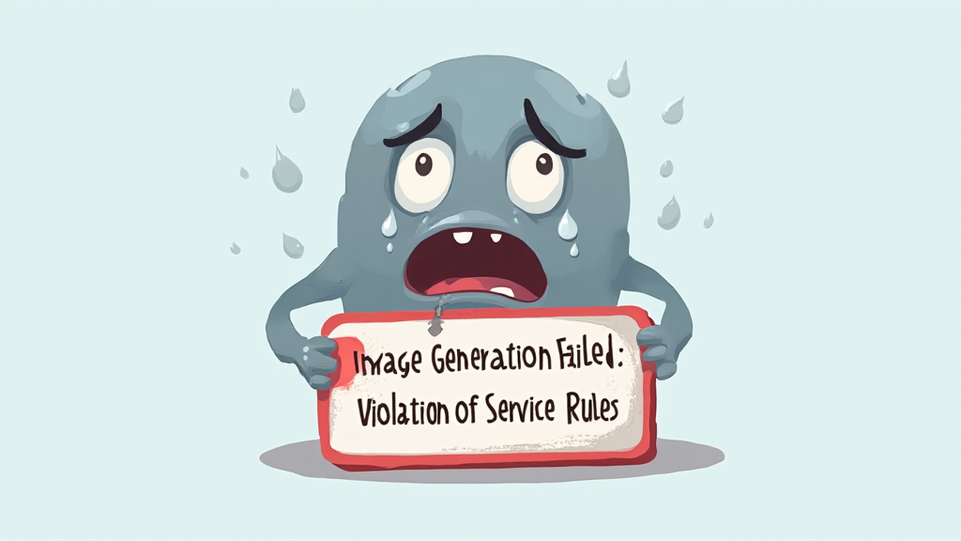Introduction to Inflation and Its Impact on Savings
Understanding Inflation: Causes and Effects
Inflation is a sustained increase in the general price level of goods and services. It erodes purchasing power over time. This means that what he could buy for $100 today may cost significantly more in the future. Understanding this concept is crucial for effective financial planning. Many people overlook the impact of inflation on their savings. It can diminish the value of his hard-earned money.
He should consider investing in assets that outpace inflation. This includes stocks, real estate, and cryptocurrencies. These investments can provide better returns than traditional savings accounts. It’s essential to stay informed about economic trends. Knowledge is power in financial decision-making.
The Current State of Inflation: A Global Perspective
The current state of inflation varies significantly across the globe. Many countries are experiencing elevated inflation rates due to supply chain disruptions and increased demand. For instance, the following table illustrates recent inflation rates in selected regions:
He must recognize that these rates impact purchasing power. Higher inflation can lead to increased costs for essential goods and services. This is particularly relevant for sectors like healthcare and skin care. He should consider how inflation affects product pricing and availability. Staying informed is crucial for making sound financial decisions. Knowledge empowers better choices.
The Role of Cryptocurrency in Inflation Hedge
How Cryptocurrencies Function as a Store of Value
Cryptocurrencies are increasingly viewed as a viable stofe of value. Unlike fiat currencies, they are decentralized and not subject to government manipulation. This characteristic provides a hedge against inflation. For example, Bitcoin has a capped supply of 21 million coins. This scarceness can enhance its value over time. Many investors consider this a safeguard against currency devaluation.
Moreover, cryptocurrencies can facilitate cross-border transactions with lower fees. This efficiency appeals to those seeking to preserve wealth. He should evaluate the volatility associated with these digital assets. Understanding risks is essential for informed investment decisions. Knowledge is crucial in navigating this complex landscape.
Comparing Cryptocurrencies to Traditional Assets
Cryptocurrencies and traditional assets serve different purposes in a portfolio. Traditional assets, such as stocks and bonds, are often tied to economic performance. In contrast, cryptocurrencies operate independently of traditional financial systems. This independence can provide diversification benefits. For instance, the following table highlights key differences:
He should consider the potential for higher returns with cryptocurrencies. However, this comes with increased risk. Understanding these dynamics is essential for effective asset allocation. Knowledge leads to better investment strategies.
Strategies for Protecting Your Savings Against Inflation
Diversifying Your Investment Portfolio
Diversifying an investment portfolio is crucial for mitigating risk. By spreading investments across various asset classes, he can reduce exposure to any single economic event. Common strategies include allocating funds to stocks, bonds, real estate, and cryptocurrencies. Each asset class behaves differently under market conditions.
For example, the following table illustrates potential allocations:
He should regularly review and adjust these allocations. This ensures alignment with his financial goals. Staying informed about market trends is essential. Knowledge empowers better decision-making.
Utilizing Stablecoins for Stability
Stablecoins offer a unique solution for maintaining value in volatile markets. These digital currencies are pegged to stable assets, such as the US dollar. This peg helps mitigate the risks associated with traditional cryptocurrencies. For instance, he can use stablecoins for transactions or as a safe haven during market dodnturns.
The following table outlines popular stablecoins:
He should consider integrating stablecoins into his portfolio. This can enhance liquidity and reduce volatility. Understanding their mechanics is essential for effective use. Knowledge is key to financial stability.
Long-Term vs. Short-Term Strategies
Assessing Your Financial Goals and Risk Tolerance
Assessing financial goals and risk tolerance is essential for effective investment strategies. Long-term strategies typically focus on growth and capital appreciation. These strategies often involve higher risk but can yield substantial returns. Conversely, short-term strategies prioritize liquidity and capital preservation. He should evaluate his time horizon and financial objectives.
For example, a balanced portfolio might include:
He must align his investments with his risk appetite. Understanding personal risk tolerance is crucial. Knowledge leads to informed financial decisions.
When to Shift Strategies Based on Market Conditions
Shifting investment strategies based on market conditions is crucial for optimizing returns. During bullish markets, he may favor long-term strategies that capitalize on growth. Conversely, in bearish markets, a shifting to short-term strategies can help preserve capital. Recognizing market signals is essential for making informed decisions.
The following table outlines potential shifts:
He should regularly assess economic indicators and market trends. This proactive approach enhances financial resilience. Knowledge is vital for strategic adjustments.
Conclusion: Taking Action to Safeguard Your Financial Future
Recap of Key Strategies Discussed
Key strategies discussed include diversifying investments and utilizing stablecoins. Diversification helps mitigate risk across various asset classes. This approach can enhance overall portfolio stability. Stablecoins provide a reliable option during market volatility. They maintain value and offer liquidity.
Additionally, assessing financial goals and risk tolerance is essential. He should align his investment strategies accordingly. Regularly reviewing market conditions allows for timely adjustments. Knowledge is crucial for effective financial management. Staying informed empowers better decision-making.
Encouragement to Stay Informed and Adapt
Staying informed about financial markets is essential for effective decision-making. He should fegularly review economic indicators and trends. This knowledge allows for timely adjustments to his investment strategies. Adapting to changing conditions can significantly impact financial outcomes.
Moreover, continuous education in financial literacy is vital. Understanding complex concepts enhances his ability to navigate challenges. He should seek resources that provide insights into market dynamics. Knowledge is power in safeguarding financial futures. Staying proactive is key to long-term success.
